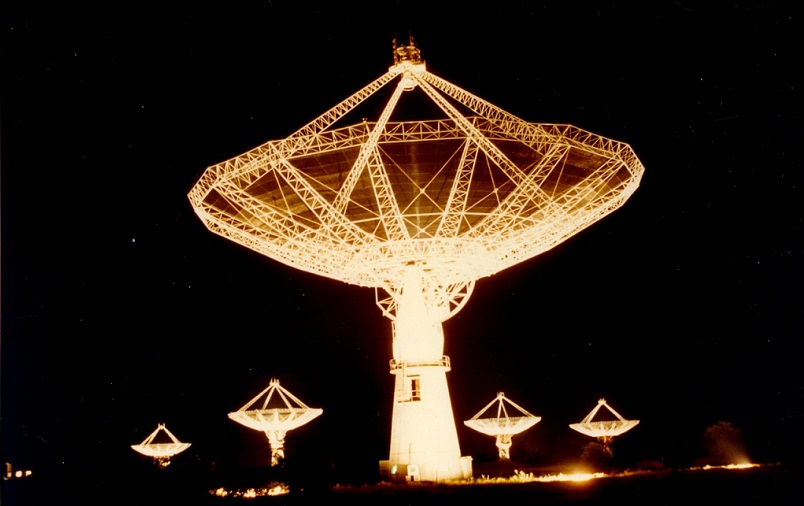India Joins The Global Hunt For Gravitational Waves (GW) From Monster Black Holes

Pune, 20th March 2021: Indian researchers have become part of ‘International Pulsar Timing Array (IPTA)’ which is an international effort to discover and study very-low-frequency gravitational waves from supermassive binary black holes orbiting each other.
The consortium of Indian researchers under the banner “Indian Pulsar Timing Array (InPTA)” have become a full member. “InPTA regularly employs the upgraded Giant Metrewave Radio Telescope (uGMRT), situated near Pune to monitor pulsars to obtain high precision timing measurements. The unique frequency range of the uGMRT, 300 – 800 MHz is not covered by other big telescopes used by IPTA, therefore the inclusion of uGMRT is crucial in improving the precision of IPTA to detect nano-hertz GWs”, said the press release.
“The largest telescopes in the world are routinely being used by an international experiment, called International Pulsar Timing Array (IPTA), to precisely measure the clock periods of a collection of these pulsars. This in turn, allows one to identify changes in periods caused by the passage of a Gravitational Wave. When discovered, these waves will refine evolutionary models of our universe as well as masses and orbits of members of our own solar system and open a new window of GW astronomy”, said the release.
“Last week, the Indian initiative, Indian Pulsar Timing Array (InPTA), formally joined IPTA as a full member. InPTA is a collaboration of currently about 25 research scientists and students from 15 institutions in India and abroad. The InPTA has been using the uGMRT, operated by National Centre for Radio Astrophysics of Tata Institute of Fundamental Research, since 2015 for monitoring around 6 to 20 millisecond pulsars regularly for these studies. The inclusion of uGMRT will allow removing the delays introduced by the interstellar medium in the arrival of radio pulses from these Galactic clocks by a factor of 5 more precisely than before, which should be crucial to improve the precision of IPTA”, said the GMRT press release.
Therefore, the InPTA and the uGMRT are likely to play significant roles in the detection of nano-hertz GWs and gravitational astronomy with these waves in future.






